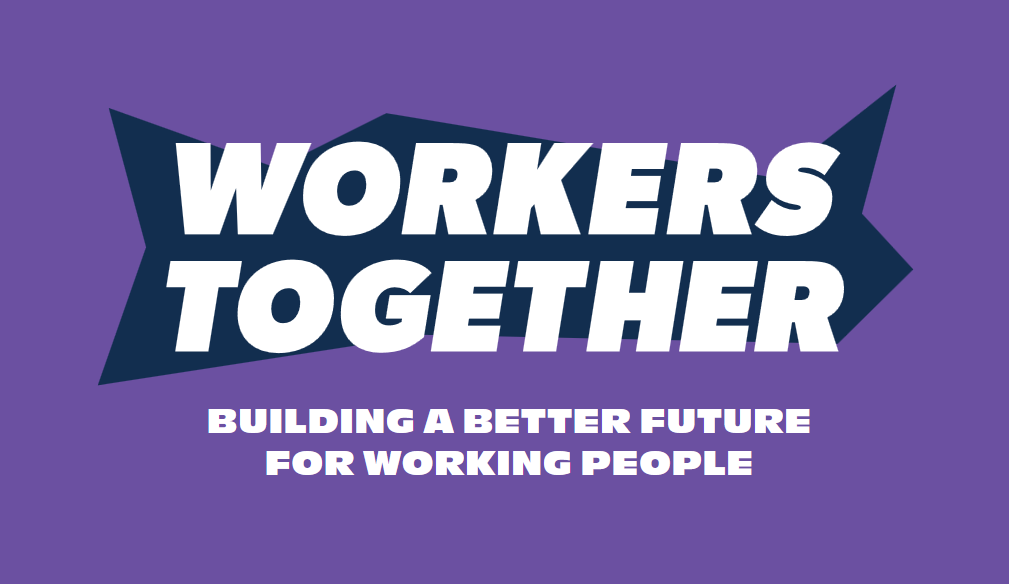Last week, Ontario’s Financial Accountability Office (FAO) released a study on recent trends in public sector employment and compensation in the province. Although the fiscal watchdog’s report covers employment and wages broadly, what especially stood out for most commentators was its discussion of Bill 124, the so-called “Protecting a Sustainable Public Sector for Future Generations Act” — legislation passed by Ontario Premier Doug Ford’s government in 2019 which caps public sector wage increases at 1 per cent annually. While this wage restraint legislation has indeed “saved” the province billions, much of those savings could be undone if unions are successful in challenging the legislation in court.
Let’s look at what the FAO broadly reported when it comes to the state of labour in the Ontario public sector.
According to the FAO, in 2021, there were 6.3 million workers in Ontario, with about 25 per cent of them (1.6 million) employed in the federal, provincial and municipal public sector. The vast majority of public sector employees in Ontario (around 73 per cent) work either in the Ontario Public Service or other provincially supported workplaces, such as hospitals, long-term care homes, provincial ministries and schools.
For provincial public sector workers, poor wage growth has long been an issue. Average annual compensation for public sector workers in provincially supported workplaces trails both federal public sector workers and municipal workers in Ontario. Public sector wages in the province increased at an annual average of 1.6 per cent between 2011 and 2021, below the average rate of inflation during this period (1.8 per cent), and by less than the wages of federal and municipal employees in the province (1.8 and 3.9 per cent, respectively). Public sector union settlements also lagged those in the private sector, where unionized workers also managed 1.8 per cent annual raises between 2011 and 2021.
Of course, Bill 124 only exacerbated this long-term trend and its full impacts are yet to be realized. This is because many unions haven’t negotiated new collective agreements since the Bill came into force. For example, college employees only recently secured a new contract through arbitration bargaining, having until then worked under a contract that predates Bill 124. Consequently, these workers will now be subject to yearly 1 per cent pay increases until 2024.
In total, the FAO estimates that roughly 70 per cent of unionized public sector employees in Ontario are currently in a collective agreement subject to Bill 124 or have “served” their required years of “moderation” under the legislation. This means that collective agreements covering more than 375,000 workers and negotiated under Bill 124 have either expired or are set to expire in the next couple of years. For example, the teachers and educational workers currently in bargaining with the provincial government are no longer subject to wage restraint. However, “free collective bargaining” with Minister of Education Stephen Lecce, has thus far not been going well. The province has offered wage increases only slightly more generous than those imposed under Bill 124.
Overall, 2022 is a big year for public sector collective bargaining in Ontario, with contracts covering more than 356,000 workers set to be renegotiated — more than double the number up for renewal in 2021 and well over four times as many expiring in 2023. For those workers out from under the thumb of Bill 124, this round of bargaining will be a major test of union strength.
Yet many public sector workers are far from free of the government’s imposing wage restraint legislation. The FAO indicates that Bill 124 will still apply to roughly 30 per cent of public sector union members who have upcoming contract negotiations, including more than 103,000 hospital workers, nearly 34,000 workers in Ontario ministries and agencies, and around 22,000 employees at colleges.
What’s also especially notable in the FAO’s report is that base salary increases for public sector union members (i.e., excluding non-union public employees) increased by only 1.2 per cent over the 2011 to 2019 period before the passage of Bill 124. In other words, before the imposition of “official” wage restraint legislation, Ontario governments were already driving a hard bargain with public sector union members and allowing average annual wage increases only 0.2 per cent greater than Bill 124’s 1 per cent cap.
Ford’s government claims that by holding the line on wage growth, it’s ensuring the necessary investment to strengthen services in the long term. Yet as unions have been arguing, wage suppression is draining the public sector of qualified staff and undermining service capacity. Moreover, the public capital required for service and infrastructure investment does not (and will not) come from wage restraint; it must come from taxes on the wealthy and direct public spending.
Reactions to the FAO’s report have been mixed, which is itself a reflection of the fact that the fiscal watchdog’s findings are themselves a mixed bag. On the one hand, Bill 124 has indeed “saved” the province considerable money — roughly $9.7 billion, according to the FAO — by holding down public sector compensation. On the other hand, “risk” factors might force the Ontario government to increase spending on wages and salaries in the near future. Inflation is eating into public employees’ wages while staff shortages are mounting, both of which pose challenges to a government committed to “fiscal prudence” in the area of labour compensation.
The FAO estimates that projected inflation over the three-year period 2021-22 to 2023-24 will lead to a roughly 11.3 per cent decline in the real wages of public employees. When unions are no longer subject to Bill 124, many will likely attempt to recoup some of these losses.
In the area of staffing shortages, the FAO points out that the above-average vacancy rate evident across the Canadian economy is particularly pronounced in the Ontario public sector, especially in hospitals and other healthcare facilities. Job vacancies in the health care sector have almost doubled since Bill 124 was introduced in 2019, with more than 16,000 unfilled hospital positions in the second quarter of 2022 alone. The report’s authors estimate that the government needs to hire nearly 57,000 workers by 2026-27 just to maintain existing services and programs. Moreover, the report finds that the provincial government will need to hire an estimated 81,695 additional employees to meet new commitments in childcare, long-term care and home care. It’s difficult to attract new workers when you’re politically committed to punishing wage restraint.
Additionally, several media outlets have honed in on a key finding of the report: the fact that Bill 124’s ostensible “cost-savings” might come back to bite the Ford government in the form of retroactive wages if the union-led court challenge proves successful in the coming months. That $9.7 billion in “savings” could wind up costing the government roughly $8.4 billion over five years if Bill 124 is ultimately found to be unconstitutional. Around $2.1 billion of that would need to be paid out to workers in the current fiscal year.
The Ontario Nurses’ Association (ONA) has characterized Bill 124 as effectively “stealing” from public sector workers. ONA and more than 40 unions representing 270,000 workers have challenged the constitutionality of the legislation and await a finding from the Ontario Superior Court next year. Unions are likely correct that Bill 124 infringes on the Charter protected right to free collective bargaining, which is only meaningful if such bargaining includes good faith negotiation over wages.
Keep in mind that all this wage austerity is taking place while the Ontario government recorded a fiscal surplus for 2021-2022, after initially forecasting a sizable $33.1 billion deficit in its 2021 budget. There’s plenty of money to increase public sector wages and provide Ontarians with the services they need. It’s a political choice to engage in protracted wage suppression.
But Bill 124 doesn’t simply impose “costs” on nurses, teachers and other public sector workers through austere wage restraint and declining living standards; it imposes additional costs on the entire Ontario public. Every emergency room closed due to a lack of staff. Every family who waits hours upon hours for care in an emergency room. These are the consequences of public sector wage restraint.
The neoliberal retrenchment of the social welfare state has long been premised on downloading public care functions onto already financially-strapped families. Working families — and especially women — are forced to take on more of the responsibilities of social reproduction, such as caring for the young, the elderly and the sick, as the welfare state recedes.
Bill 124 is demonstrating in plain sight how this happens. Ford’s supposed cost-savings are being paid for by Ontarians who can’t get the health care they need or who must send their kids into overcrowded and underserved classrooms. By holding down the wages of public sector union members, Ford’s government is driving nurses, teachers and educational support staff out of their professions and delivering understaffed and under-resourced services to the broader public.
As the president of ONA further explained following the FAO report release, “Ontarians who find themselves in need of care are suffering, all due to the single-minded policy of this government to not show respect to those who provide care [.] The irony is that the harm these policies are causing is not just limited to the workers, but extends to every Ontarian and the industries they work in. It’s disgraceful.”







